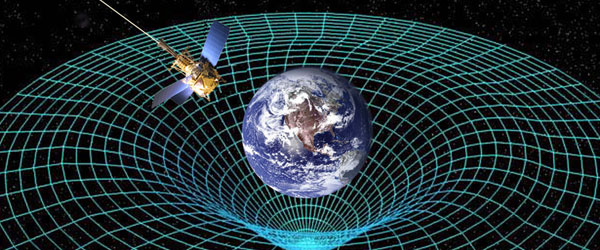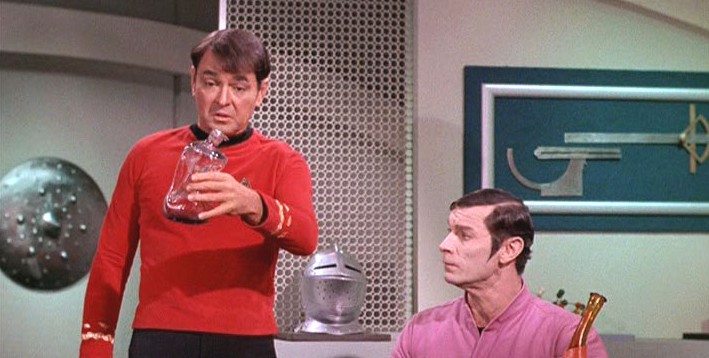What’s so Special About General Relativity? Part I
Roughly one hundred years ago, on a day classified as November 25th, Albert Einstein presented his papers on General Relativity. As much of a shock as it was back then, these concepts still baffle and amaze people. But what is relativity? I’m sure that you have either tried to wade through various articles or documentaries that tried to explain it or just flat out ignored it. I too have read those articles and watched the videos, and I’m usually sitting there thinking, “What about this…” or “Why didn’t you describe it this way?” So now, I’ve taken it upon myself to cover these things the way that I want to talk about them. Maybe, just maybe, it will help it sink in a bit better.
Note that there are two, I suppose the easiest way to break it down is levels, of this theory. The first is what is known as Special Relativity. It is classified as special because it applies to the case of uniform motion; objects moving at a constant velocity. General Relativity expands that notion to include objects under acceleration; their velocity is not constant. In either one, the primary word is Relativity, but before I get into what that means, we first need to understand the Principle of Equivalence.
The Principle of Equivalence may sound daunting, and maybe it is. My first attempt to describe it generated some blank stares, so let me slow it down a bit. What we are talking about here is the physics of objects under uniform motion or uniform acceleration. By uniform, we mean that the object is traveling at a constant speed in a straight line or that the object is under constant acceleration in a straight line. If you are in a box with no windows, the Principle of Equivalence states that there is no way that you can determine if the box you are in is stopped or if it is moving uniformly. There is no experiment that you can perform within that box that will tell you one way or the other – the two situations are physically equivalent.
So what about uniform acceleration? Again, you are in the windowless box. The motion is no longer uniform, but the acceleration is constant, in a straight line. The new question – is the box moving, being pushed by something like a rocket engine or is it sitting still being pulled on by gravity? The principle of equivalence, once again, says that you cannot know. These are also physically equivalent situations. The force due to gravity feels, looks, tastes the same as a force due to some other agent. The good news, I suppose, is that we can tell the difference between uniform motion and uniform acceleration. The bad news is that, either way, we have no idea if we’re actually going anywhere.
With the equivalence principle understood, I’ll put you in the box again, but this time I’ll be nice and give you a window. Well, maybe not that nice as there is nothing to see, just the black emptiness of space. I ask you again, are you moving or stopped? If you are moving, how fast are you going? How can you tell? Without something else to see, you don’t know; without something else to measure against, you can only assume that you are not moving. This is part one of Relativity, you can only measure your movement relative to some other object; without a point of reference, the question has no answer.
Think about that next you are watching Star Trek (any generation), and the helmsman says something like “Instruments read all stop, Captain.” Stopped relative to what? If you’re a few hundred light years from anything, you’re pretty much stopped relative to nothing no matter how fast you thought you were going.
Okay, you say, there must be some feature of the fabric of space that I can always measure my movement against, some constant structure that stays in place that everything moves around. Good try, that idea died many years ago. I briefly mentioned this experiment in a previous article (here), but I’ll cover it again.
Back in 1887, Albert A. Michelson and Edward W. Morley devised an experiment that they hoped would prove the existence of this static fabric of the Universe, classically known as the Aether. The basic idea behind this experiment was that if the aether existed, the Earth would be moving in orbit relative to it as would the light transmitted by the device. The speed of light along the same path as the Earth should be faster because it includes the speed that the Earth is moving. The difference in the speed of light propagating across the aether would be different along perpendicular paths of the same length.

What it showed is that there is no aether. This experiment has been repeated to finer and finer degrees since then (I even did it myself as an undergraduate), and it always has the same result: there is no fixed fabric of the universe.
Mister Einstein’s leap of brilliance upon hearing about this result was that it implied light always travels at the same speed no matter who (or what) measures it. Wow, so fifty of us in fifty different rocket ships going fifty different directions looking at the same chunk of light will all measure that it is moving at the same speed. Thus, there is a constant in the Universe related to motion, but it is not zero. It’s the speed of light, and we call it c. c is around 186,262 miles per second or 299,792,458 meters per second; either one is fast.
The special part of Mr. Einstein’s Relativity is all of the consequences of this revelation. I’ll cover those consequences in the my next article on Relativity, but for now, I’ll let the initial pieces soak in.
So, what have we learned today?
- Physicists like to put people in boxes.
- If you can’t see where you’re going, you can’t know where you’ve been.
- No matter which uniform you are wearing, you still can’t tell if you’re moving.





